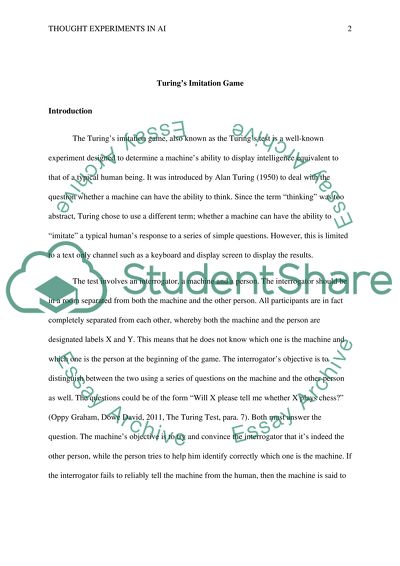Cite this document
(“The Thought Experiment in the Foundations of Artificial Intelligence Research Paper”, n.d.)
The Thought Experiment in the Foundations of Artificial Intelligence Research Paper. Retrieved from https://studentshare.org/information-technology/1471286-the-thought-experiment-in-the-foundations-of
The Thought Experiment in the Foundations of Artificial Intelligence Research Paper. Retrieved from https://studentshare.org/information-technology/1471286-the-thought-experiment-in-the-foundations-of
(The Thought Experiment in the Foundations of Artificial Intelligence Research Paper)
The Thought Experiment in the Foundations of Artificial Intelligence Research Paper. https://studentshare.org/information-technology/1471286-the-thought-experiment-in-the-foundations-of.
The Thought Experiment in the Foundations of Artificial Intelligence Research Paper. https://studentshare.org/information-technology/1471286-the-thought-experiment-in-the-foundations-of.
“The Thought Experiment in the Foundations of Artificial Intelligence Research Paper”, n.d. https://studentshare.org/information-technology/1471286-the-thought-experiment-in-the-foundations-of.


